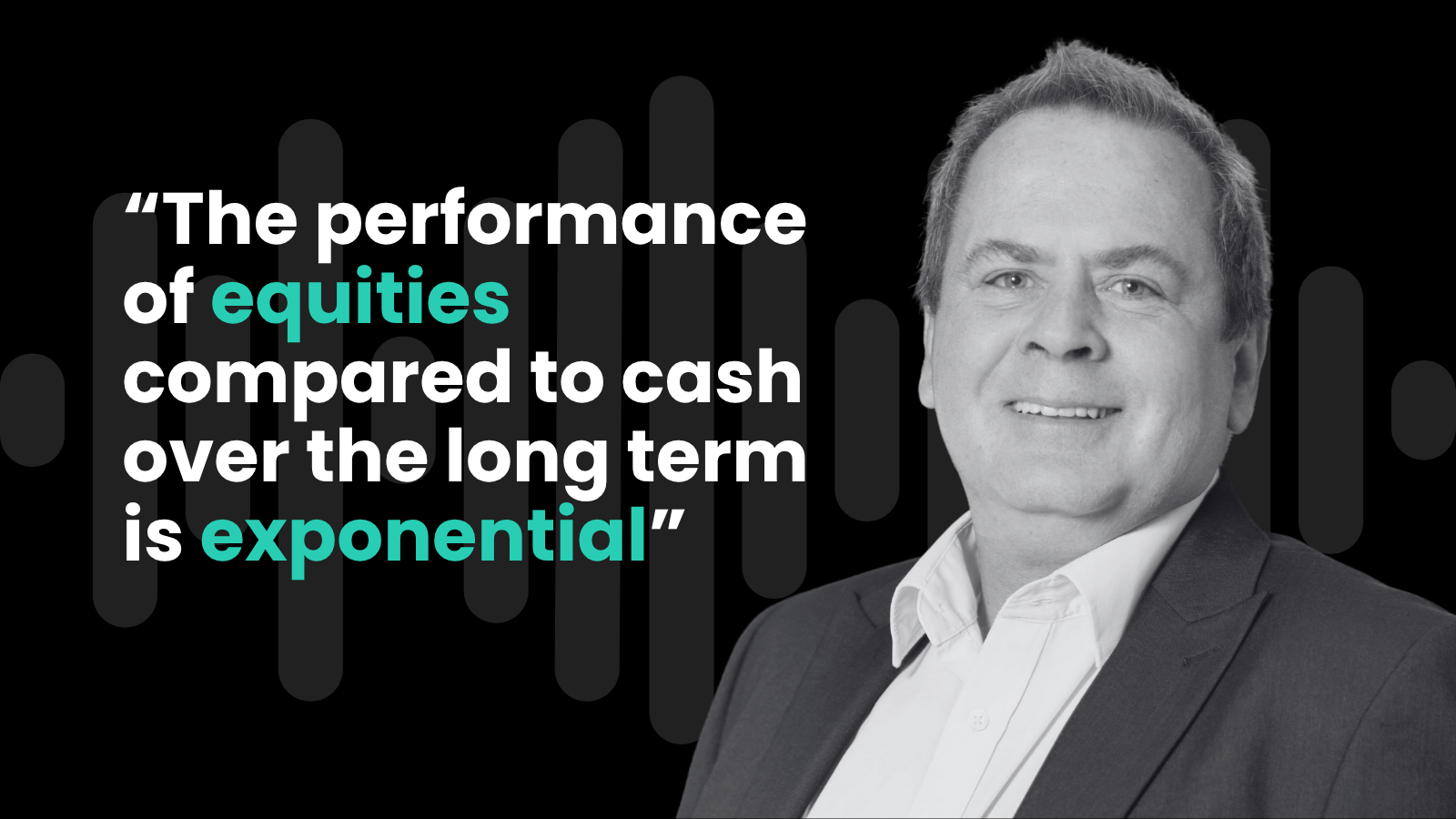As Rachel Reeves prepares to deliver her first Autumn Budget on 26 November, she confronts that most British of political predicaments: the country wants Scandinavian public services on Texan tax rates, and it wants them now.
The UK economy, meanwhile, is offering very little help. Growth is weak, productivity is limp, inflation remains obstinately sticky, and borrowing costs, having scaled heights not seen since the late 1990s, make every fiscal decision feel like a slow march along a cliff edge. Yet the Chancellor insists she will meet her fiscal rules. Something, as they say, will have to give.
The difficulties are hardly obscure. GDP grew just 1.3% year-on-year in the third quarter of 2025, hardly recessionary, but miserably below the nation’s long-term trend. The services sector looks tired, manufacturing hasn’t shaken off its post-pandemic torpor, and business investment continues to sulk.
Productivity remains the great British embarrassment, slumping beneath its continental peers. Inflation, at 3.6% in October, is down from last year’s panic-inducing levels but still well north of the Bank of England’s 2% target. Food, rent, energy, wage growth: every component has proved more stubborn than expected, a reminder that inflation is easier to summon than dismiss.
Want the full story? Start a free trial of The Armchair Trader Plus+ today.
Get weekly investment ideas and tips that will take your investing to the next level. Sign up here.
Free 28 day trial. Cancel anytime.
Log In or Sign Up to Armchair Trader+Already a member? Log in here:
Not a member? Sign up now or see the membership benefits
Further content of this article is not available as it is for members only. Please visit the registration page for Armchair Trader Plus+ for further details on the benefits of becoming a member.





















